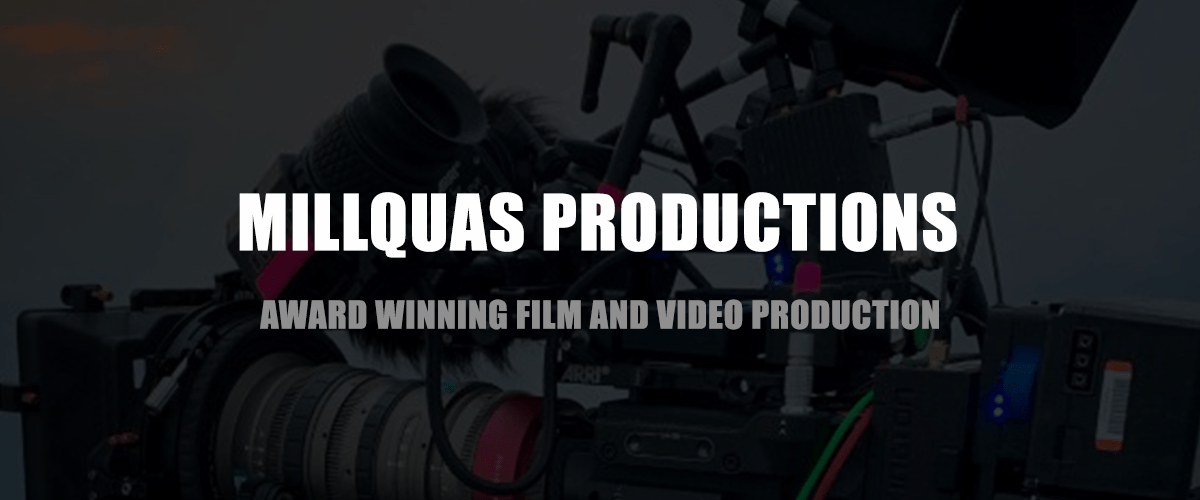4K Video Production: A Leap into the Future of Visual Storytelling

In the past decade, the world of video production has undergone a dramatic transformation, primarily driven by advancements in technology. One of the most significant breakthroughs has been the widespread adoption of 4K to 8K video resolution. This higher resolution standard offers a level of clarity and detail that surpasses traditional HD video, elevating the visual experience to new heights.
The Benefits of 4K Video Production
- Enhanced Visual Clarity and Detail:
- Crisp and Sharp Images: 4K-8K video boasts four to eight times the resolution of 1080p HD, resulting in images that are incredibly sharp and detailed.
- Lifelike Color Reproduction: The increased pixel density allows for more accurate color representation, making colors appear more vibrant and true-to-life.
- Future-Proofing Content: As display technologies continue to evolve, 4K content will remain relevant and high-quality for years to come.
- Immersive Viewing Experience:
- Larger-Than-Life Visuals: 4K content is particularly impressive on large screens, such as 4K TVs and cinema screens. The increased resolution creates a more immersive and cinematic viewing experience.
- Greater Detail in Close-Ups and landscapes: When zooming in on 4K footage, you can still maintain a high level of detail, allowing for more creative freedom in editing and post-production.
- Professional-Grade Production Value:
- High-Quality Content: 4K video is often associated with professional-grade productions. It can elevate the perceived quality of your videos, whether you’re a filmmaker, content creator, or business owner.
- Versatility in Post-Production: 4K footage provides more flexibility for editing and post-production tasks, such as cropping, zooming, and color grading.
A Decade of Resolution Revolution
Just a decade ago, 1080p HD was considered the pinnacle of video resolution. However, technological advancements and consumer demand have rapidly accelerated the adoption of 4K. Here’s a brief timeline of the resolution revolution:
- Early 2010s: 1080p HD becomes the industry standard for high-definition video.
- Mid-2010s: 4K TVs and cameras start to emerge, offering a significant improvement in image quality.
- Late 2010s: 4K video production becomes more accessible to a wider range of creators, thanks to the decreasing cost of 4K cameras and editing software.
- 2020s: 4K video is now widely used in various applications, from movies and TV shows to online content and corporate videos. The video camera world has even expanded to 6 and 8K, but mostly streaming is delivered in 4k.

The Future of Video Resolution
As technology continues to advance, we can expect even higher resolution standards to emerge. 8K and beyond are already on the horizon, promising even more detailed and immersive visual experiences. However, for now, 4K remains the optimal choice for most video production needs, offering a significant leap in quality without breaking the bank.
By embracing 4K video production, you can elevate your visual storytelling to new heights, captivating your audience and leaving a lasting impression.
